The clinical signs of Feline Idiopathic Cystitis include dysuria (difficulty or pain during urination), pollakiuria...
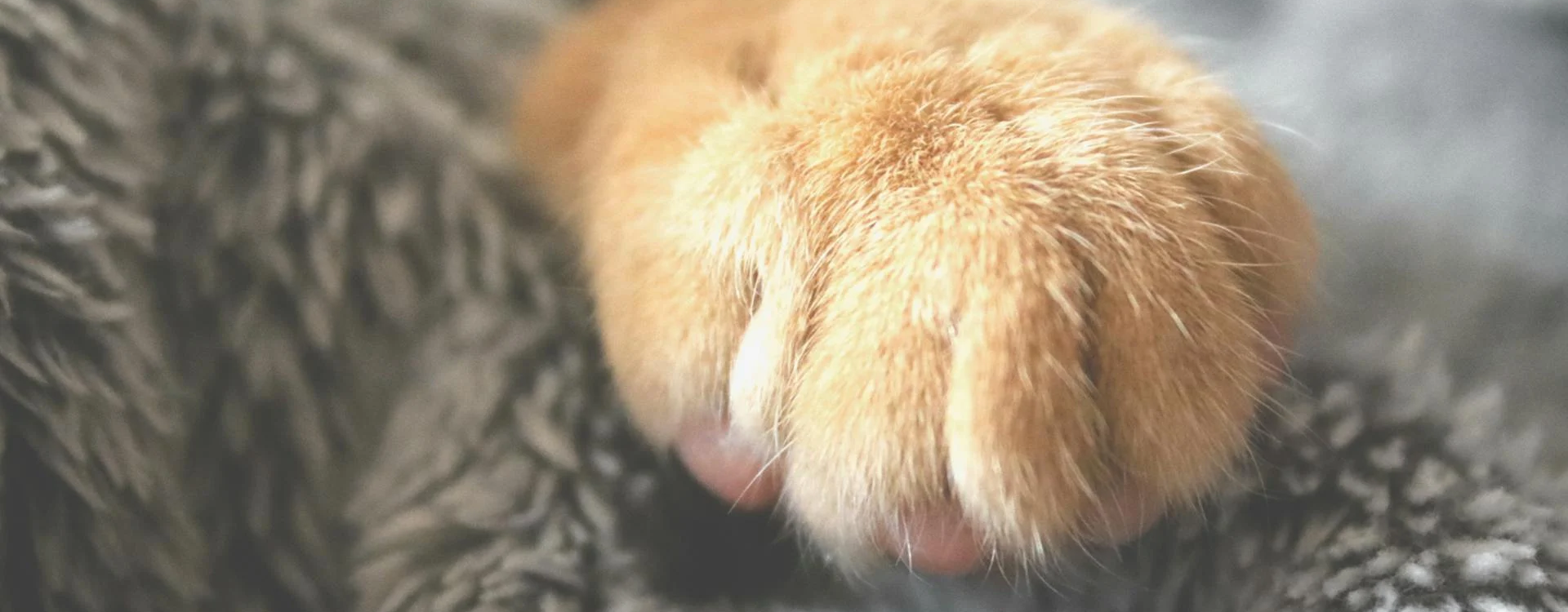
Urinary marking and nail marking of cats.
In general, cats use two types of communication most frequently between individuals of their own species and towards others:
- Olfactory communication or marking.
- Visual or postural communication.
The feline nature of cats makes them avoid having to meet or cross paths with other individuals in the territory, for which they have developed a complex system of olfactory and visual markings, of which nail and urine marking are the most frequent. In this way they leave messages that other cats can read at a later time.
Olfactory communication in cats.
Olfactory communication is undoubtedly the most important communication developed by a cat as a species that inherits the way of life of a solitary hunter. Through marking in its various forms (urine, nails or rubbing) a cat can analyse information from another individual without its imminent presence and deposit its own with information such as how long it has been there, who it is, its sexual and physiological status; all this so that it does not have to meet in the same place directly.
Through urine marking a male cat (or a female cat during oestrus) will spray the urine in the form of a spray by raising his hind legs and tail to direct it vertically. Analysis of the deposited scent will involve the display of Flehmen's behaviour and will allow the cat to know who the individual is that left the mark.
The front paws, nails and pheromones from the interdigital glands are another of the most common tools used by the cat to leave visual and scent marks. They usually do this vertically and in places where the cat is resting, and the mark can be analysed by another cat that comes after it.
Scratching is a behavioural need for a cat. A behavioural need is a natural behaviour of the species that an animal needs to be able to express in order to be in balance. It is an indicator of animal welfare.
Cats scratch for various reasons:
- To mark their territory with pheromones from glands in their interdigital spaces.
- To get rid of the leftover remains of their nails.
- To stretch their muscles.
When a cat scratches an object, it not only deposits pheromones from its paws, but also adds a visual signal to the object in the form of vertical stripes. The more the same object is scratched, the more both signals (olfactory and visual) are accentuated.
Scratching sites are chosen by the cat along the frequently used territory, especially on the periphery of the territory and next to resting places.
In territorial marking it is common to observe the marking in places of passage or boundaries with outside areas, on new objects in the home, by introduction of other cats, return of a cat from the vet or kennel, introduction of new smells in the home, illness of one of the cats.
The characteristic posture of the marking on the cat would be upright, with the tail raised and spraying the urine spray in an upright position. A crouching posture can also be observed, although in this case we would see the stain on the ground in an elongated, rather than rounded, shape. The location of the stain is usually in places where the presence or smell of another cat or a new smell is perceived, but not next to the litter tray. Even if the cat marks other places with urine, it will continue to use its litter tray normally and perform the complete micturition behaviour. However, the urine he deposits in other places will be in small amounts and in several places, with no preference for a particular substrate.
Coolcatss represents a vertical element where cats can deposit scent signals and pheromones through scratching and body and facial rubbing.


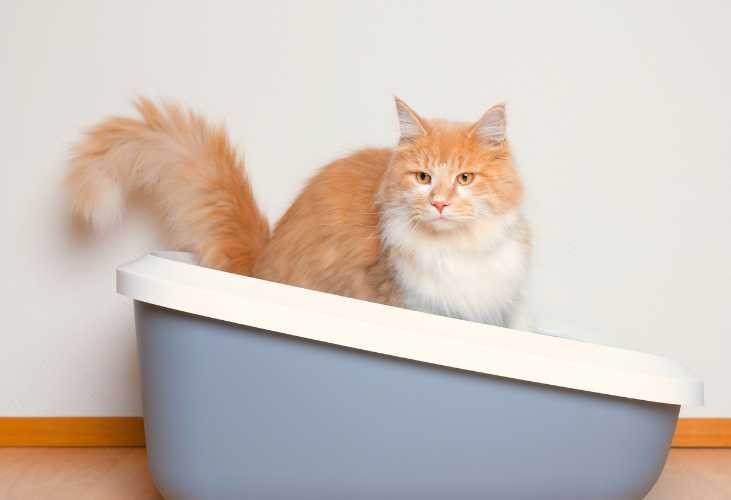

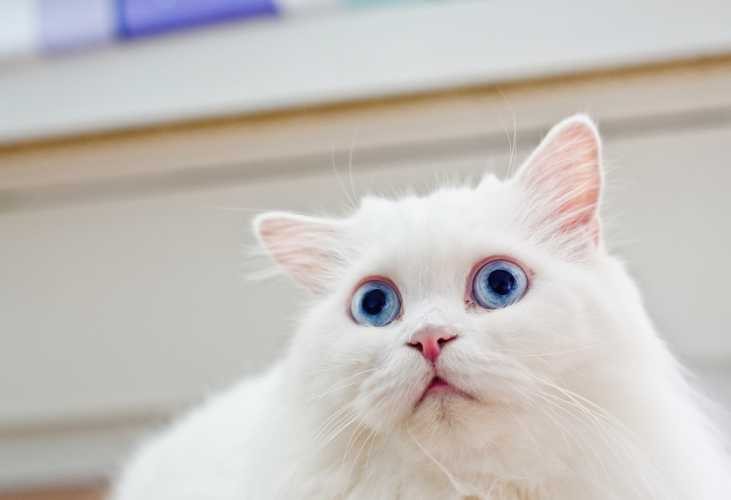


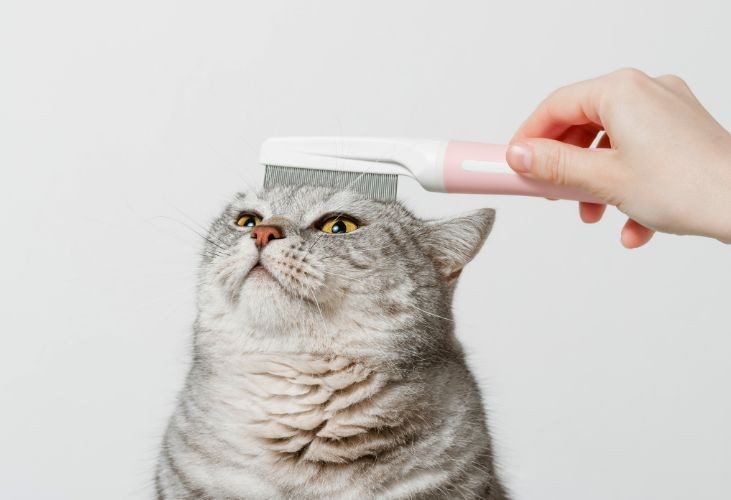
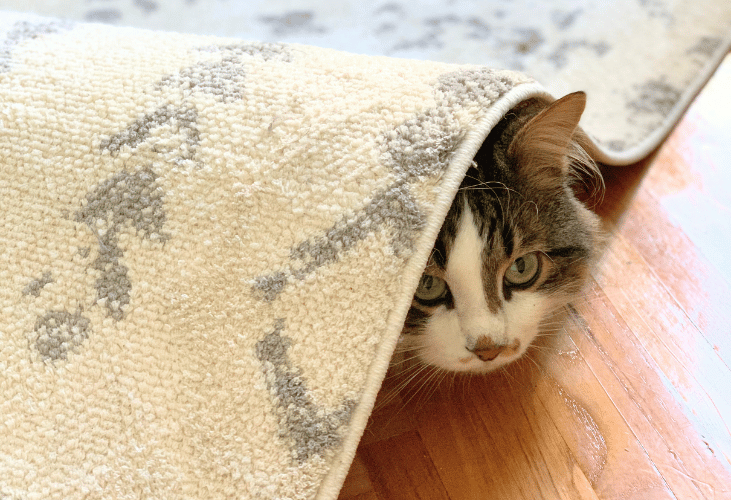
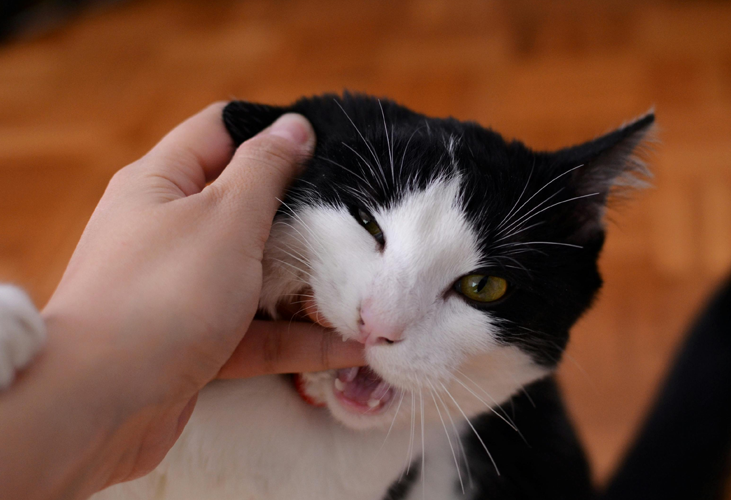
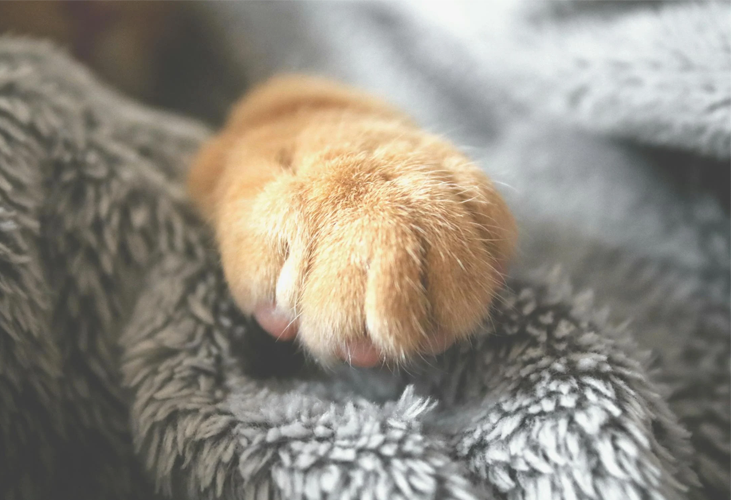

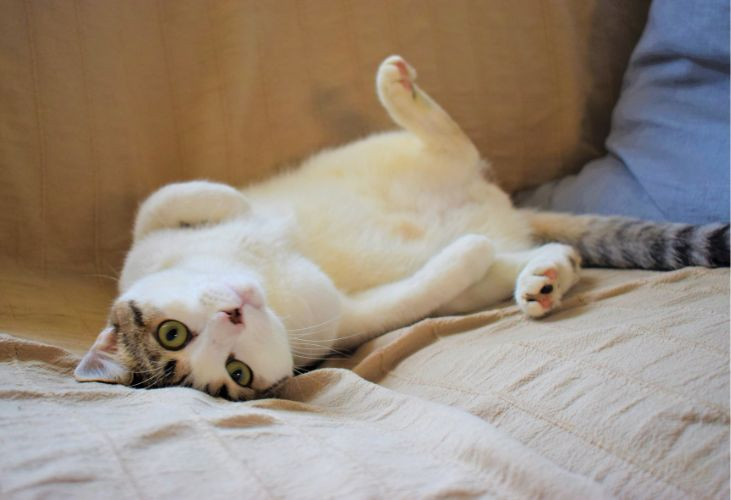
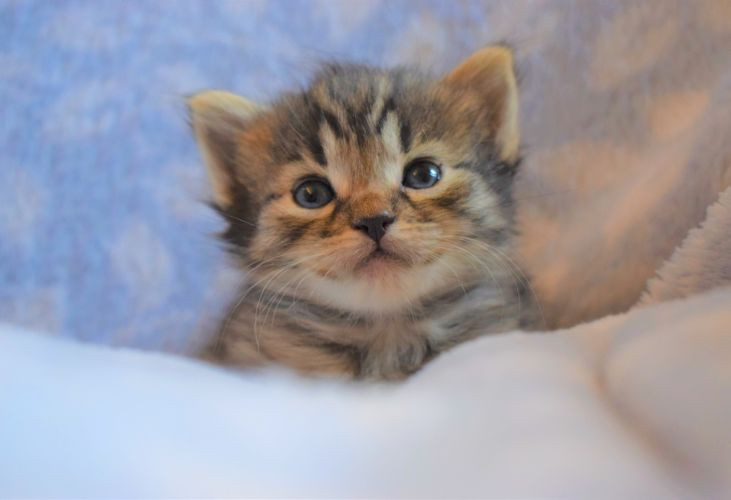

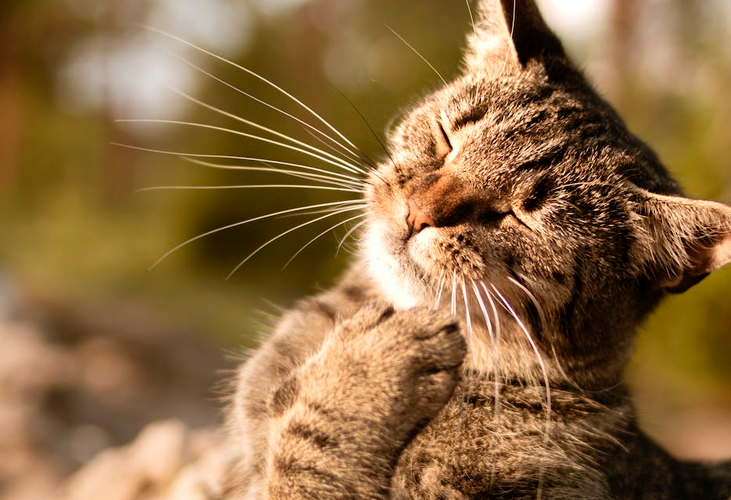

Leave a comment